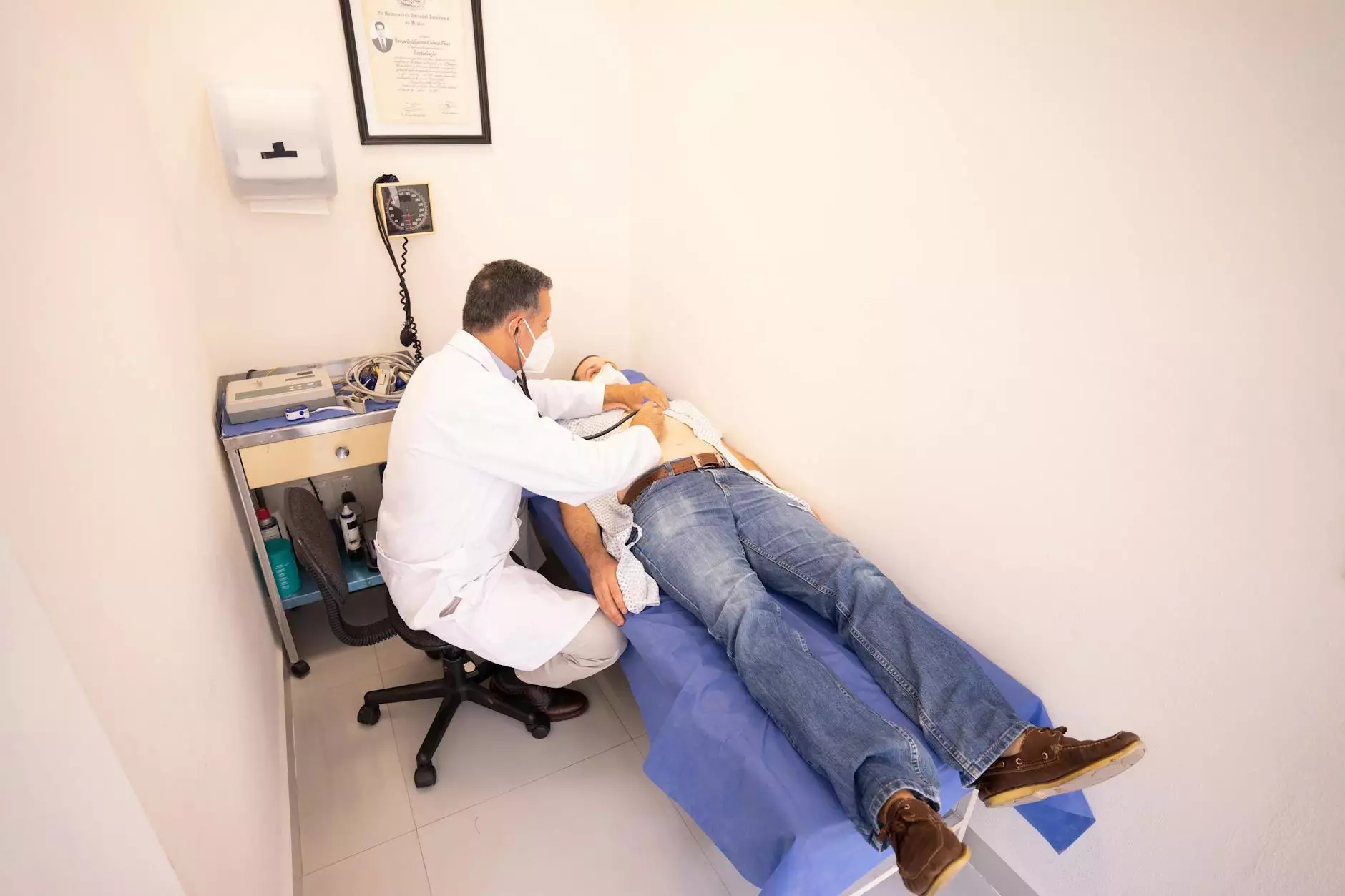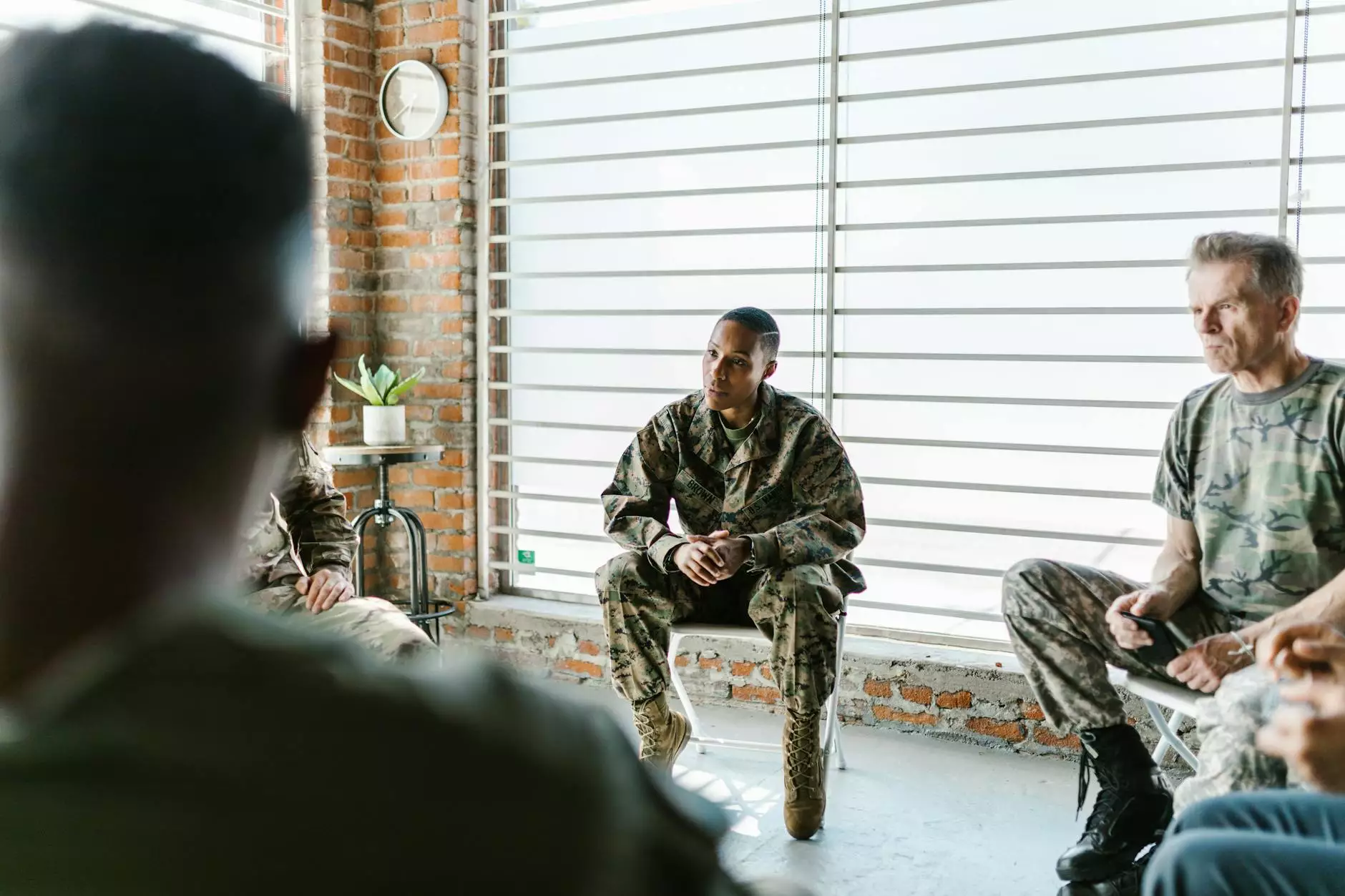Lateral Rotation of Humerus - Exploring Function and Treatment

Introduction to Lateral Rotation of Humerus
The lateral rotation of the humerus is a vital movement of the upper arm that plays a significant role in various daily activities, exercise routines, and sports. It involves the outward rotation of the humerus bone, allowing for greater range of motion and functionality of the shoulder joint.
The Importance of Lateral Rotation in Shoulder Functionality
When it comes to shoulder movement, the lateral rotation of the humerus contributes to a wide range of movements, including reaching, throwing, lifting, and even something as simple as scratching your back. The smooth and coordinated function of the shoulder joint is essential for optimal physical performance and overall well-being.
Understanding the Muscles Involved
Lateral rotation of the humerus is primarily facilitated by the activation and coordination of several key muscles. These muscles include the infraspinatus, teres minor, and posterior deltoid. These muscles work synergistically to initiate and control the lateral rotation movement.
Infraspinatus
The infraspinatus muscle is located on the back of the shoulder blade and plays a crucial role in externally rotating the humerus. It works in tandem with other shoulder muscles to provide stability and control during lateral rotation movements.
Teres Minor
The teres minor muscle is another important muscle involved in the lateral rotation of the humerus. Situated beneath the infraspinatus, it assists in stabilizing the shoulder joint and contributes to the rotational movement.
Posterior Deltoid
The posterior deltoid muscle, part of the larger deltoid muscle group, aids in the lateral rotation of the humerus along with other functions such as shoulder extension and shoulder horizontal abduction. Strong and flexible posterior deltoids are crucial for optimal shoulder performance.
Common Injuries and Treatment Options
While the lateral rotation of the humerus is a natural movement, it is susceptible to injuries, especially in athletes or individuals who frequently engage in physical activities. Common injuries related to this movement include muscle strains, rotator cuff tears, and shoulder dislocation.
Proper diagnosis and treatment are essential to ensure a quick and effective recovery. This often involves a comprehensive approach, including medical examinations, imaging tests, and the development of a personalized treatment plan. Treatment options may include physical therapy, chiropractic care, and in severe cases, surgical intervention.
Physical Therapy for Enhancing Lateral Rotation Function
Physical therapy plays a crucial role in rehabilitating and enhancing the lateral rotation function of the humerus. Through targeted exercises and techniques, physical therapists can help individuals recover from injuries, improve range of motion, and build strength and stability in the shoulder joint.
Common physical therapy strategies for improving lateral rotation function may include stretching exercises, range of motion exercises, resistance training, and proprioceptive exercises. These interventions aim to restore normal movement patterns and enhance overall shoulder functionality.
Chiropractic Care's Role in Optimizing Shoulder Performance
Chiropractic care can also be an effective approach to address issues related to the lateral rotation of the humerus. Chiropractors use various techniques such as spinal adjustments, soft tissue mobilization, and therapeutic exercises to alleviate pain, restore proper joint mechanics, and enhance overall musculoskeletal function.
Conclusion
The lateral rotation of the humerus plays a vital role in shoulder function, allowing for a wide range of movements in various activities. Understanding the muscles involved, common injuries, and treatment options can help individuals prioritize their shoulder health and seek appropriate care when needed.
Whether through physical therapy, chiropractic care, or a combination of approaches, recovering from injuries and optimizing shoulder performance is achievable. By taking proactive steps and engaging in targeted rehabilitation, individuals can regain strength, prevent future injuries, and enjoy the benefits of an efficiently functioning shoulder joint.









